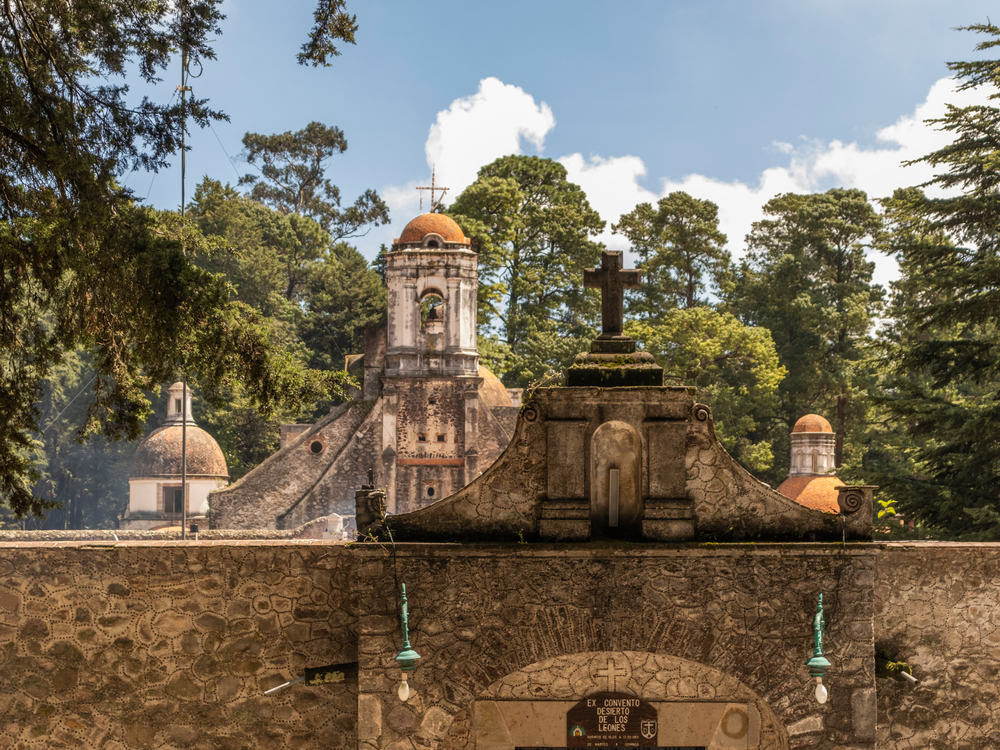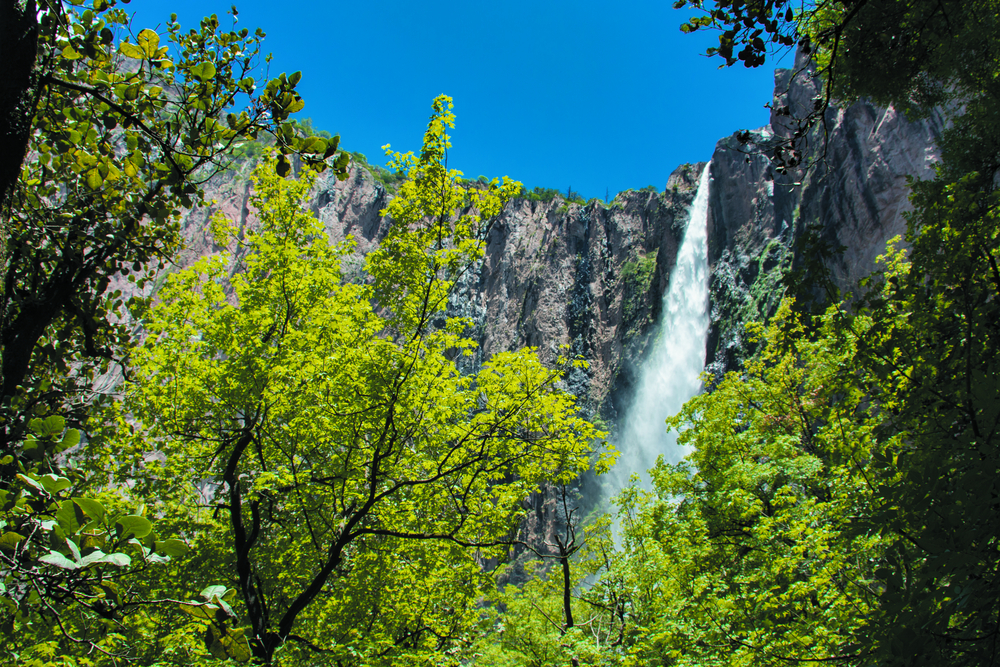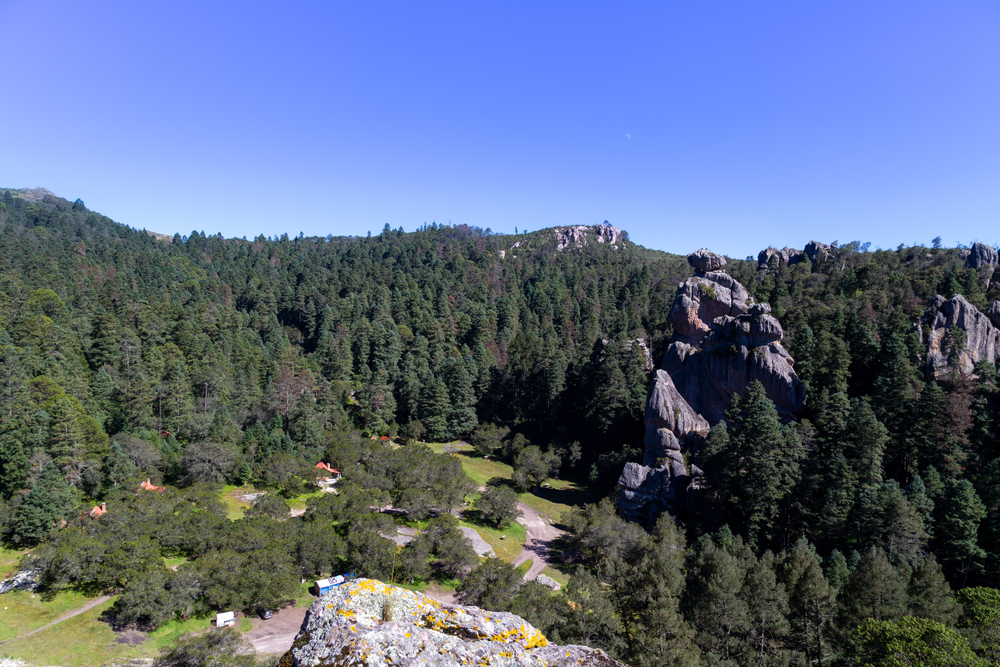El Chico Overview
El Chico National Park, known as Parque Nacional El Chico in Spanish, is located in the central state of Hidalgo, Mexico. It spans approximately 11.91 square miles (30.9 square kilometers) and is one of Mexico’s oldest protected areas, originally designated as a forest reserve in the late 19th century before becoming a national park in 1982.
Nestled in the Sierra de Pachuca mountain range, the park sits at elevations ranging from 2,300 to 3,090 meters (7,546 to 10,138 feet) above sea level, making it a haven for diverse ecosystems and an ideal destination for outdoor enthusiasts.
The park’s landscape is dominated by rugged mountains, steep cliffs, and deep valleys blanketed in dense pine-oak forests. The rock formations throughout the park, such as Las Monjas, are popular among climbers and provide panoramic views of the surrounding wilderness.
El Chico’s misty forests create a unique, almost mystical atmosphere, especially in the early mornings when fog lingers over the treetops. Streams and waterfalls dot the terrain, feeding into the region’s water sources. The lush vegetation consists of towering pines, firs, and oak trees, while the undergrowth includes ferns, mosses, and flowering plants that add vibrant splashes of color throughout the seasons.
Wildlife in El Chico National Park is diverse, with a variety of mammals, birds, and amphibians thriving in its rich habitats. The park is home to white-tailed deer, bobcats, and even elusive pumas, though sightings of the latter are rare. Smaller mammals such as ringtails and squirrels can be frequently spotted.
The birdlife is equally impressive, with species like the peregrine falcon, golden eagle, and various woodpeckers found in the forested areas. Birdwatchers can enjoy the melodic calls of warblers, trogons, and owls that reside within the park’s tree canopies. Reptiles and amphibians, including salamanders and small snakes, are also present in the damp, shaded areas of the park.
Visitors to El Chico National Park can experience its beauty through various activities, including hiking, rock climbing, and mountain biking. The park boasts an extensive network of well-marked trails that lead adventurers through scenic routes filled with breathtaking overlooks and peaceful forest paths.
One of the most popular attractions is Peña del Cuervo, a prominent viewpoint offering sweeping vistas of the surrounding landscape. Camping is a favored activity, with designated sites providing the perfect opportunity to immerse oneself in the natural tranquility of the park. Additionally, the nearby town of Mineral del Chico, a charming Pueblo Mágico, offers cultural experiences, local cuisine, and a glimpse into the region’s rich mining history.
Conservation efforts within El Chico National Park focus on preserving its forests and biodiversity, as well as maintaining its role as a critical water source for the region. Deforestation, illegal logging, and human encroachment pose challenges, but sustainable tourism initiatives and reforestation projects have contributed to the park’s continued protection.
Community involvement and eco-friendly practices have helped balance tourism with conservation, ensuring that El Chico remains a treasured natural sanctuary for generations to come.
Park Map
El Chico National Park Highlights
Share your clicks with us
Related National Parks More Mexico

Cañón del Sumidero National Park

Cañón del Río Blanco National Park

Cerro de la Estrella National Park

Cofre de Perote National Park

Desierto de los Leones National Park

Cerro de Garnica National Park

Cabo Pulmo National Park

Bosencheve National Park

Basaseachic Falls National Park











































































